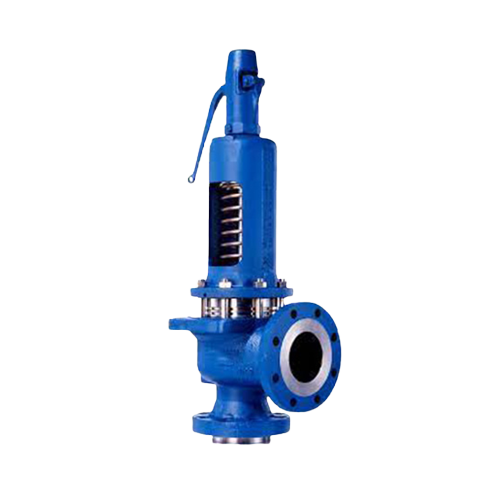Description
What is a pressure relief valve?
A pressure relief valve can be manually or automatically controlled from a pressurized vessel or piping system. The pressurized fluid or gas is discharged to a reservoir or atmosphere to relieve pressure in excess of the maximum allowable working pressure (MAWP).



The primary purpose of a pressure relief valve is to protect pressure vessels or systems from catastrophic failure. Catastrophic failure could be disastrous during an overpressure event and could either be liquid or gaseous.
This device is widely used in petrochemical, petroleum refining, and chemical manufacturing industries. Industries where natural gas processing occurs and power generation, as well as water supply industries, also make good use of pressure relief valves. Though it’s generally known as a relief valve depending on its field of application it can be called a pressure relief valve (PRV), pressure safety valve (PSV), or safety valve. You should note the design and operation of these valves are slightly different.









